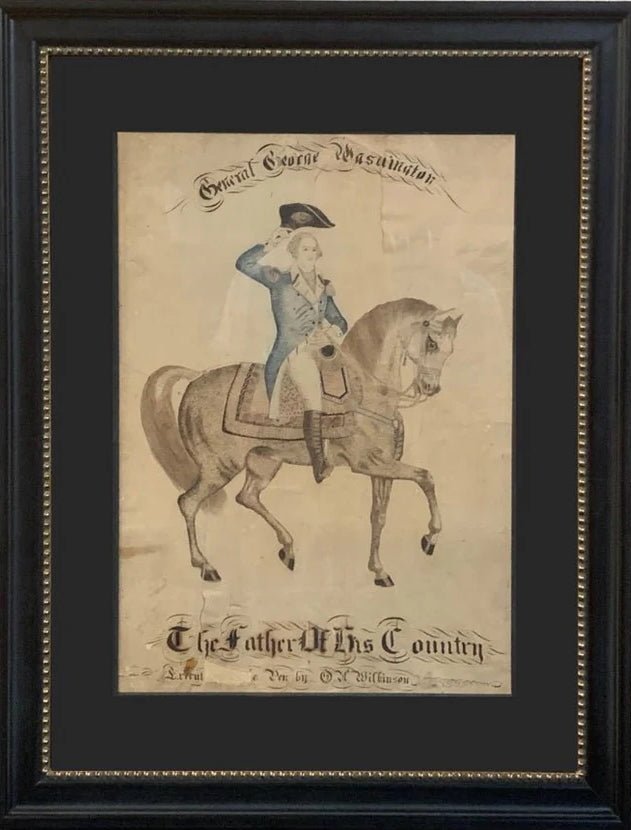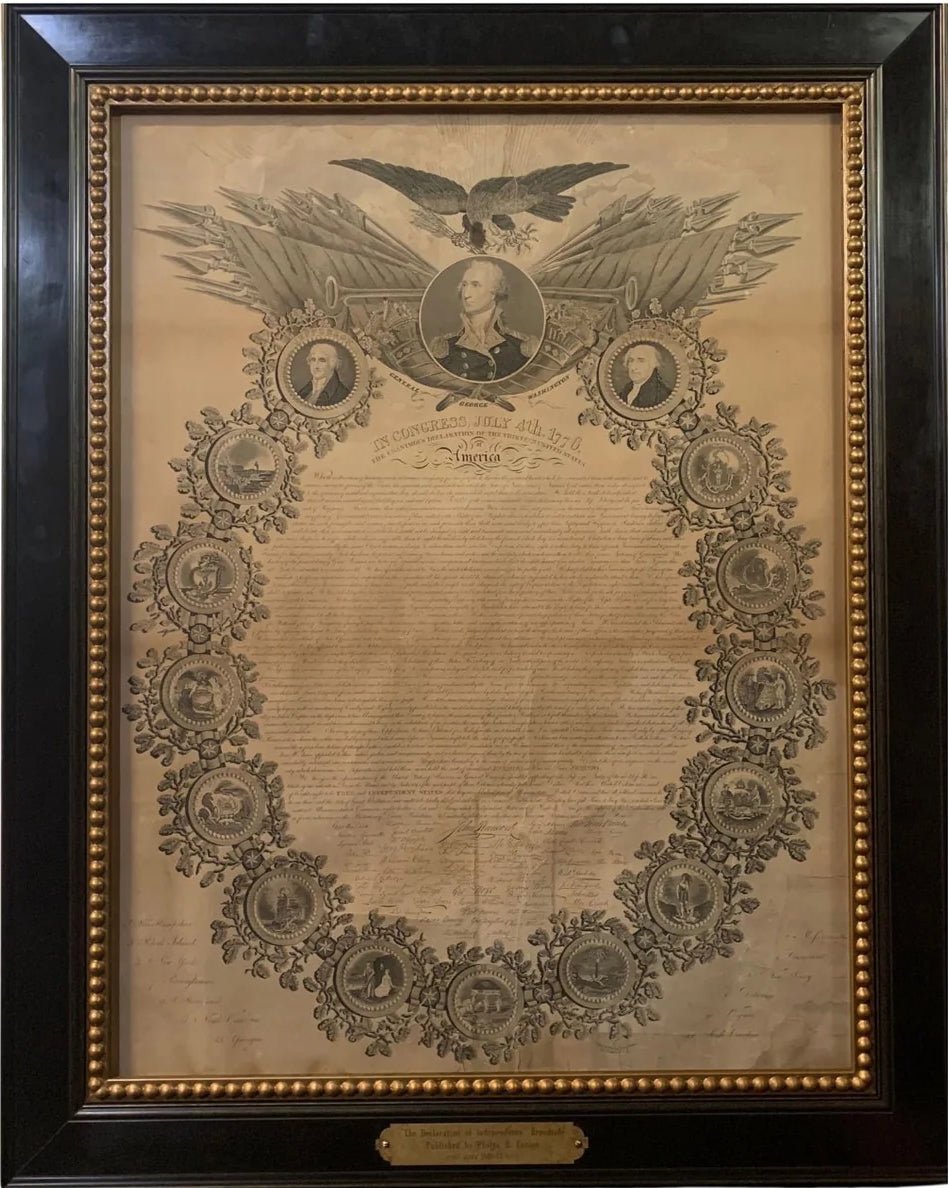Oyster Harvesting in Chesapeake Bay
Oysters have been enjoyed for centuries- loved by the ancient Romans, Greeks, colonial-era Americans, and of course us present day. During the 18th and 19th centuries in both the U.S. and Europe, oyster consumption ramped up significantly. Oysters became a staple in the average diet because they were abundant, easily accessible, and inexpensive.
The Chesapeake Bay has been considered one of the most productive oyster growing areas in the world. In fact, one translation of the word "Chesapeake" from the Algonquian language is “Great Shellfish Bay.” By the mid 1800s it was estimated that over 17 million bushels of oysters were harvested annually from the Maryland portion of the Chesapeake Bay alone.
By the late 19th century, however, overharvesting was devastating the oyster population. New York and New Jersey, two hot spots for oyster harvesting, became extremely low in supply. The business of U.S. oyster harvesting turned to the Chesapeake Bay to meet demand. As a result of destructive harvesting techniques, Maryland’s oyster fields became severely depleted. This prompted the U.S. Government to create oyster management efforts in the forms of stricter laws and regulations.
This map was published for the 1893 Bulletin of the United States Fish Commission and denotes the locations for oyster gathering. The map also shows which harvesting methods should be used in each location. This map is an example of early efforts to replenish and maintain the supply.
Oyster regulations are shown by color; the color blue indicates dredging areas, yellow for scraping areas, and green for tonging areas. The map also uses pink dots to show compact and scattered oyster reefs. This map gives you a detailed look at the Chesapeake Bay area from an interesting yet informative perspective, centered on conservation and practical use of the land.
Oyster population levels are still depleted quite significantly today compared to their "golden age" in the 18th century, but restoration efforts are in place. The Chesapeake Bay Foundation aims to protect the environment and ecosystem of these creatures so that we can continue to enjoy them for decades to come.








